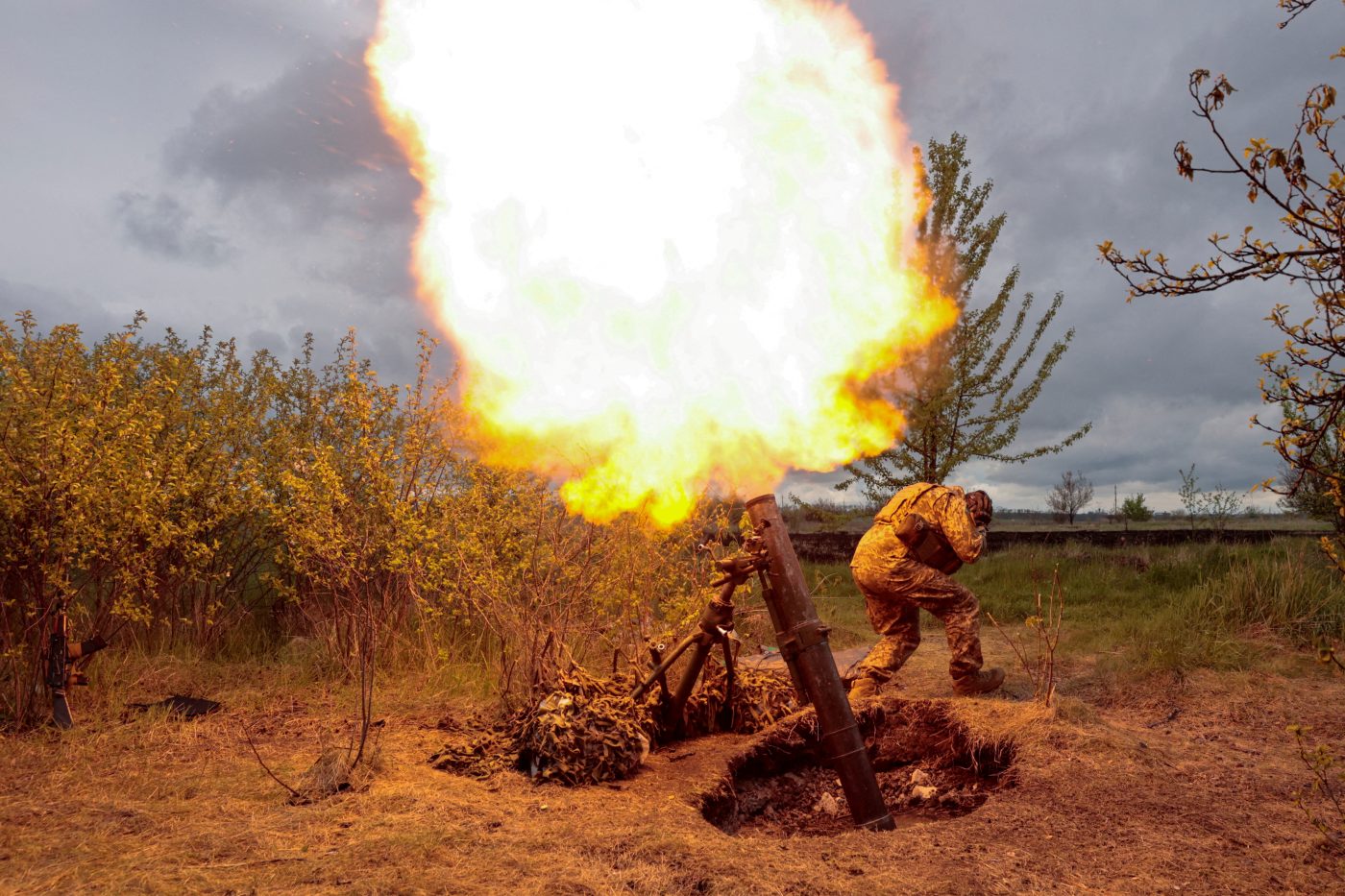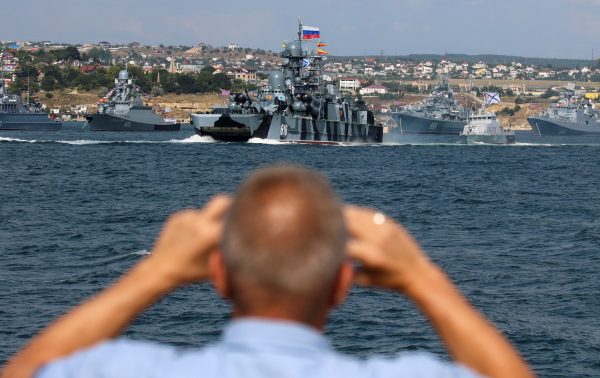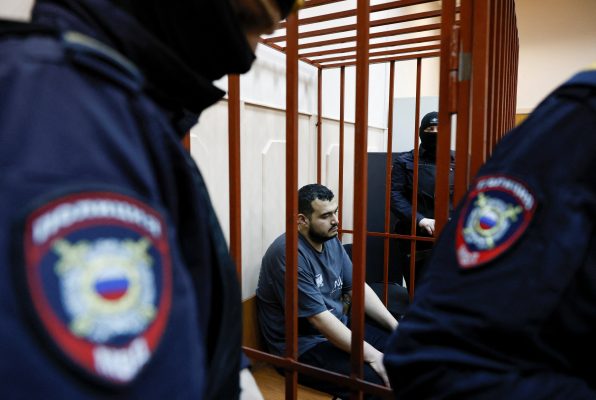“We mainly fire at the charging Russian infantry as they conduct assaults,” says Anatoliy, a commander of a mortar battery unit from Ukraine’s 92nd Separate Assault Brigade. His voice reflects the weariness of a unit that is battling against growing odds.
“Sometimes we get 50 or 70 mortar shells twice a week, but in recent weeks we’ve been receiving only 20 to 30,” he says. “We’re forced to make the most of what we have.”
The mortar team, which uses both 82mm and 120mm rounds, faces a constant juggling act in its daily operations. Their supply comes from a range of sources, forcing them to adapt to ammunition that behaves in different ways (for instance, manufacturers use varying amounts and qualities of propellants.)
“We often have an assortment of different kinds, every day is a learning curve,” Anatoliy says. “American, Pakistani, Spanish, Italian, Romanian, Ukrainian — you name it, we’ve used it. With each new batch, we shoot and take notes on how they fire.”
This inconsistency creates logistical headaches. “The best mortars we’ve fired were Soviet; they’re the most stable. The newer rounds are less predictable and take time to adjust to,” Anatoliy says. “It would be much easier if we had one standard type, like the Soviet rounds. But with the variety we get, we’re constantly making corrections.”
To help navigate these challenges, Ukrainian mortar units share best practices through a channel on a messenger app, he says.
Weather is another complicating factor. Wind, rain, and fog frequently force the team to adjust their range. “Every hour, we need to make changes due to weather conditions. Sometimes, the mortars land nowhere near where they’re supposed to,” says Oleksandr, whose callsign is “Hunter.”
In heavy fog, the team relies on radio communication with infantry on the ground to correct their aim. “When we can’t see anything, the infantry radios in to tell us where the rounds land and helps us adjust our fire,” he says.
The enemy threat is constant and includes Russian drones hunting for Ukrainian positions. “Their drones are always overhead, and they drop mines that our guys sometimes step on,” Oleksandr says. The unit’s position makes them vulnerable, and casualties are common.
“A week ago, five of our men in a different unit were in a Humvee heading to a forward position when they were killed by Russian drones,” he says. At one point, the Russians dropped six glide bombs in their area in just 15 minutes, he says.
“We watch drone feeds to see what we’ve hit,” Anatoliy says. “The enemy is always trying to take out our drone pilots to blind us and disrupt our operations.”
Due to the drone threat, the Russians rarely bring heavy armor close to the front. “We fire on infantry mostly because the heavy armor no longer comes close to the front,” Oleksandr explains. “They move on motorcycles and ATVs [all-terrain vehicles] now. I don’t remember the last time I saw an enemy tank.”
Another danger for the unit is the need to scout for new positions. Senior officers are tasked with this, and recent missions have been deadly. One officer was killed while on reconnaissance, and another commander was seriously injured after stepping on a mine.
Beyond external threats, the unit also battles internal bureaucracy — a relic of Soviet military tradition. After long hours on the front, Anatoliy complains that he often returns to base only to spend more time completing endless paperwork. Soldiers are frustrated more of it hasn’t been digitized.
“It’s an old Soviet method,” Oleksandr says. “At one point, our commander had to submit daily reports on what everyone was doing and where they were in the morning and in the evening. They even created checklists for our checklists.”
Much of the bureaucracy was scrapped at the start of the war due to the urgent need to focus on fighting the invading Russians, but as the frontline began to stabilize, the senior Ukrainian leadership reverted to the old Soviet-style methods, he said.
David Kirichenko is a freelance journalist and an Associate Research Fellow at the Henry Jackson Society. He can be found on X/Twitter @DVKirichenko.
Europe’s Edge is CEPA’s online journal covering critical topics on the foreign policy docket across Europe and North America. All opinions are those of the author and do not necessarily represent the position or views of the institutions they represent or the Center for European Policy Analysis.

CEPA at 20
Celebrating 20 Years of Leadership in Action




